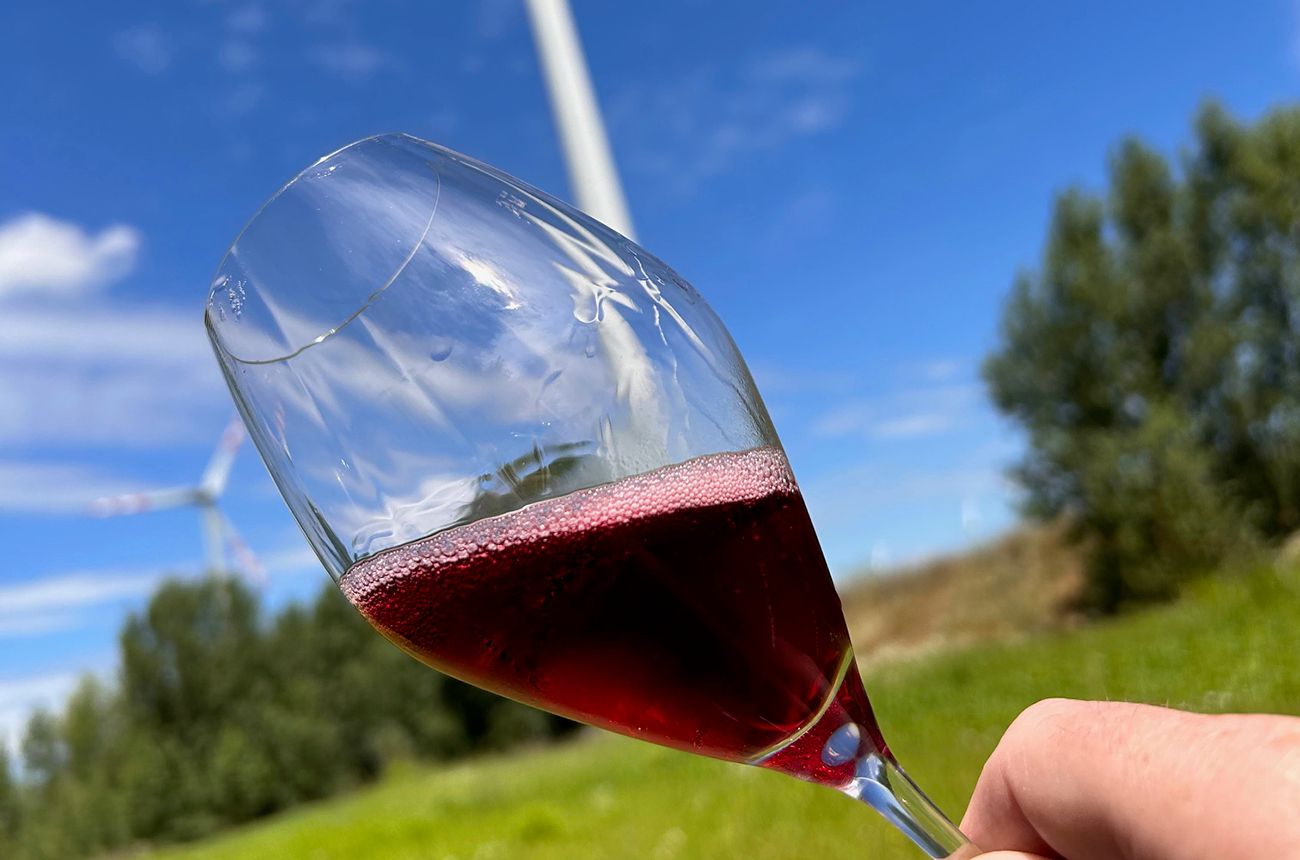There are moments on most press trips when you wonder what the hell you’ve got yourself into.
A few spring to mind:
Balancing precariously on a paddleboard on a cold winter’s evening in the Cape Town docks, fully dressed in jeans and jumper, unable to control the direction of the paddleboard or the smirks on the faces of the local wine producers who’d dreamed up this activity.Flying down the side of an Alpine mountain in pitch black at 11pm on a toboggan after an evening of schnapps and oompah music, dangerously close to the cliff edge and travelling way too fast for comfort or safety.Wrestling in boxer shorts in the driving snow on the wooden deck of a fancy Val D’Isere chalet with the co-presenter of Ski Sunday.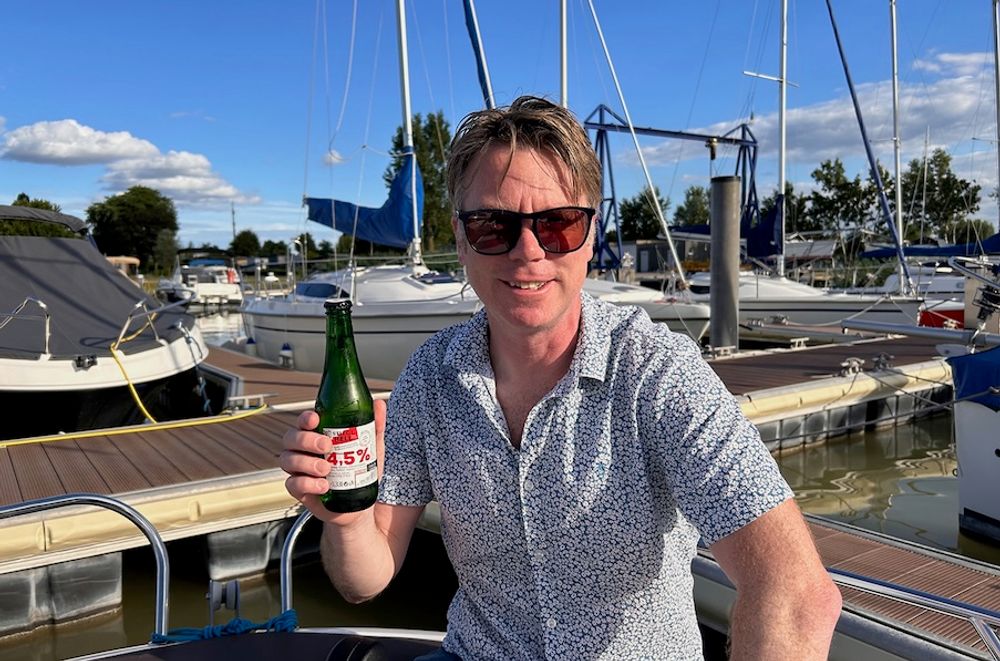
Calm before the storm: Chris is in his happy place
On this occasion the moment of doubt came on the first evening of a three-day trip to Austria to take an in-depth look at the Neusiedlersee wine region. Billed as a ‘sunset cruise’, we set sail on Lake Neusiedl – the largest endorheic lake in Central Europe – and all was going well. Beer in hand we pootled to the centre of the lake chatting along merrily when suddenly the clouds thickened, a chill wind was upon us and the mood changed.
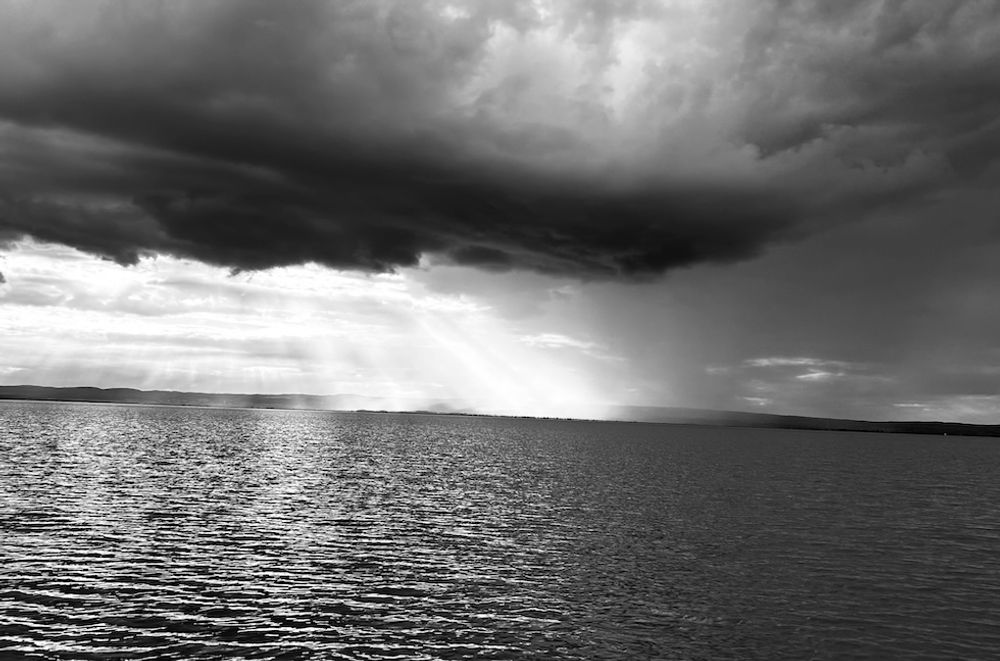
Chris in his not-so-happy-place…. ‘sunset cruise’ on Neusiedlersee
In the distance across the lake the town of Rust was obscured by the brooding gloom and the menacing rain clouds began to drift across the lake in our direction. Thankfully our skipper, Markus Lentsch from Seegut Lentsch, executed a swift about turn and we made a beeline away from the incoming storm to the village of Podersdorf just before the rain hit.
The day had started in a vineyard overlooking Lake Neusiedl where, fresh from the airport, we were poured our first wine of the trip. It was a Pet Nat from producer Georg Preisinger made using Pinot Noir, Blaufränkisch and St. Laurent grapes. Fresh, punchy and alluringly off-dry it set the scene nicely for what was to come in Neusiedlersee, a DAC (Districtus Austriae Controllatus, Austria’s classification for regionally typical quality wine) that challenges your perception of Austrian wine with every turn.
Offering alternative styles for Austria and a fresh vision, this is an exciting place where anything goes, from the hipster wet dream combo of pet nats and orange wines, through to exciting styles made from lesser-known grapes like Welschriesling and St. Laurent, and reds with structure and real interest.
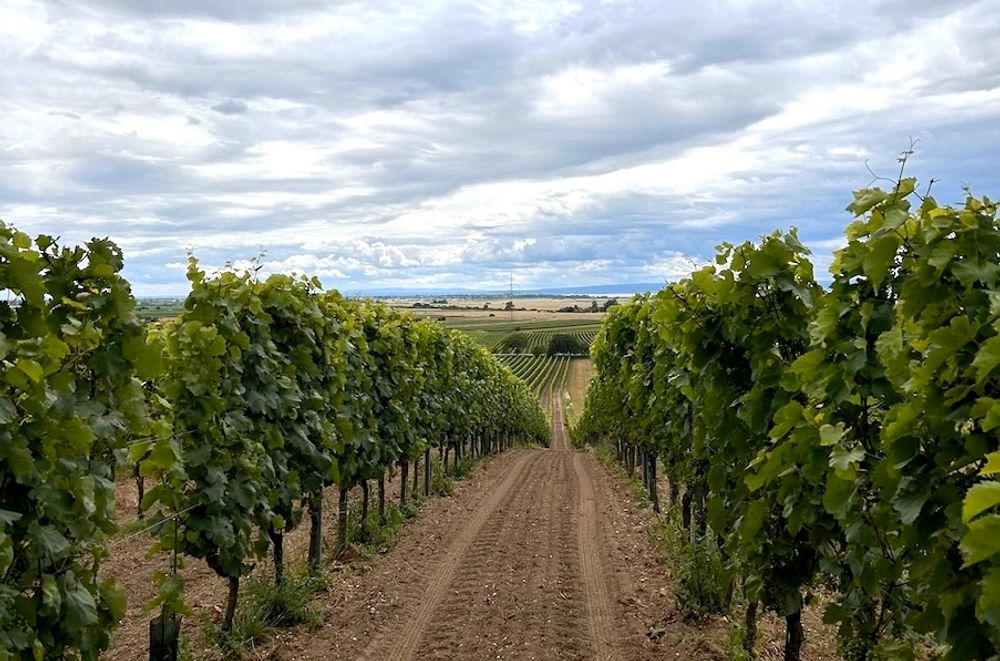
“The lake has a very big influence on the climate” says Georg Preisinger
Think you know Austrian wine, think again.
The DAC itself is relatively new (it was launched for the 2012 vintage) and covers just shy of 6,000 hectares under vine. It’s Austria’s most significant DAC for Zweigelt and sweet wine and boasts 49% red wine in its make-up compared to 32% for Austria as a whole.
Geographically the lake here has a huge influence on the wines and the styles being produced, hence the boat trip, and the emergence of a new technical term here to describe the influence of the saltwater lake, ‘seeroir’, ‘see’ being lake in German.
“The lake has a very big influence on the climate” says Georg Preisinger, “it moderates the temperature and the weather.”
Preisinger explained the concept of ‘seeroir’ as he guided us through a tasting at his winery alongside the managing director for the Neusiedlersee DAC Torsten Aumüller and Dirceu Vianna Junior MW, who works as an ambassador for the region.
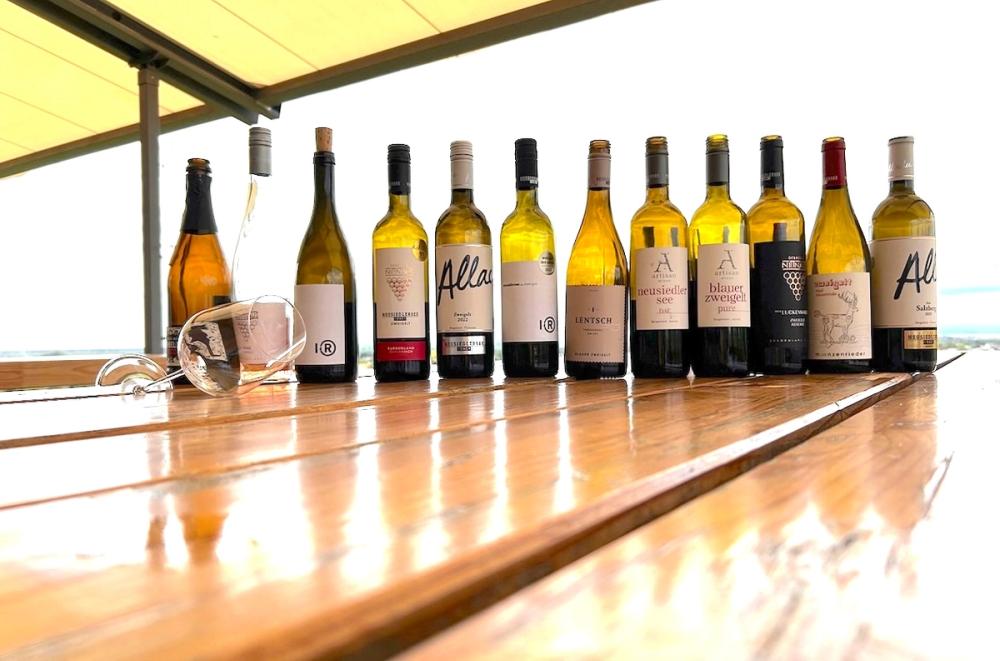
The Neusiedlersee masterclass wines
This in-depth tasting looked at the diversity within the DAC, exploring the formative varieties and wines of the region. There was a lot to take in, and during the session we tasted examples of ‘classic’ white varieties from the region including Grüner Veltliner and Welschriesling, as well the international whites such as Pinot Gris, Pinot Blanc and Chardonnay.
The style of the Grüner is fresh and bright with herby notes, rather than the richer, more spicy style many of us are familiar with from elsewhere in Austria. Welschriesling was a revelation, this is a grape with real promise, offering real stylistic difference depending on how it’s been made; there are fresh, mineral takes with high acid, green fruit and steeliness, but also richer, more honeyed styles where oak has been deployed. Certainly one to watch.
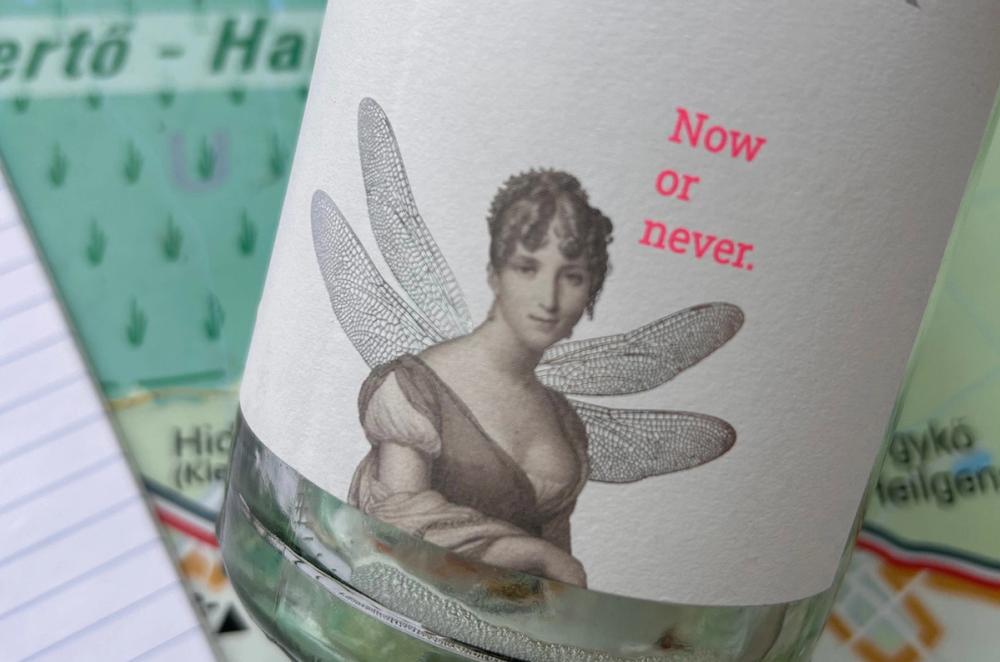
Alternative Austria
By far the most interesting flight of the masterclass, however, was the four wines which made up the ‘white alternative’ section. This quartet of wines goes a long way in showing what’s so interesting about the region and modern Austrian winemaking on the whole.
First up was Splitterfasernackt from producer Markus IRO, which translates as ‘stark bollock naked’. It’s made from the Neuburger, a relatively neutral grape variety, that’s fermented here on the skins then matured for six months in stainless steel. It’s dense and sticky with a tannic bite and notes of nectarine and burnt honeycomb.
Another orange wine in the flight was the tropical and mineral Gelber Muskateller from Nestor Wein; yellow Muscat grapes are left on the skins for 20 days and then aged in old barrels creating a wine with a herby, salty edge undercutting tangerine and passionfruit.
Two other wines, The Experimental from Artisan Wines, a Welschriesling-Sauvignon Blanc co-ferment (clean, linear, floral) and Georg Preisinger’s Tapa Muskateller (floral with notes of biltong and coriander seed) showed just how diverse the winemaking here can get.
It’s not all leftfield though, in-fact the majority of the wines tasted during the trip were classical in style, including focussed, varietally typical Sauvignon Blanc and Chardonnay, and delicious refreshing rosés, dark and pale.
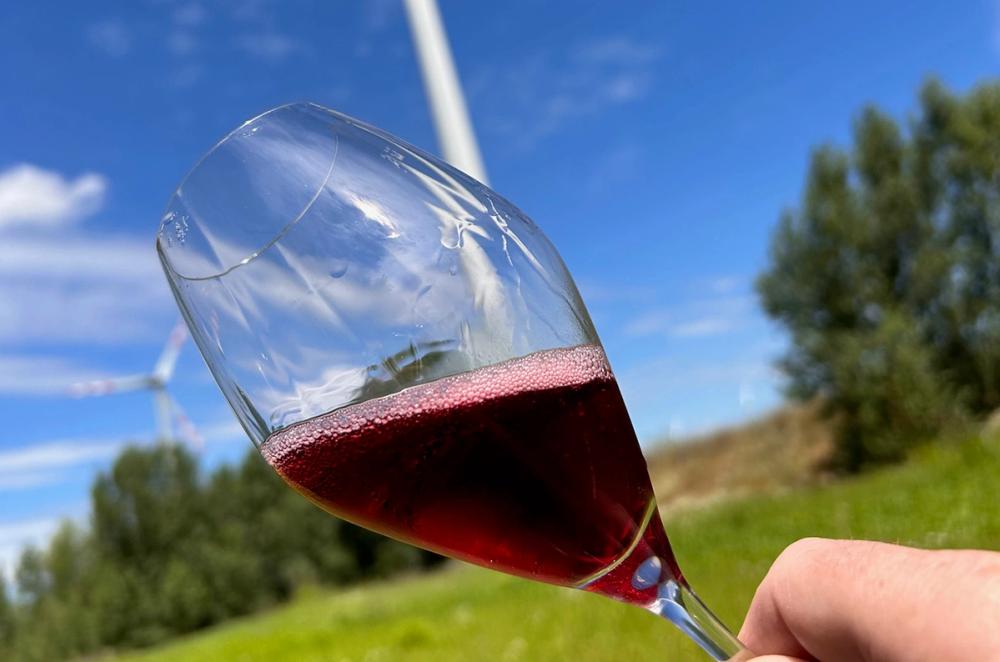
The fresh and fun Reehbellion from Hannes Reeh is a lightly sparkling Zweigelt
A Focus on Zweigelt
When it comes to red wines in the Neusiedlersee DAC, Zweigelt is king. We tasted a number of Blaufränkisch and international reds (Cabernet Franc, Merlot) which were good, but Zweigelt was in a class of its own.
On the final morning of the trip Dirceu Vianna Junior MW led us on a deep dive into Zweigelt during a masterclass which showcased the grape in its many guises and demonstrated just how versatile it can be.
Of the 2,934 ha of red grapes under vine in Neusiedlersee, Zweigelt accounts for 1,398 ha, some 23% of all grapes under vine in the region. Across Austria as a whole it accounts for 13.5% of grapes under vine, by far the most planted red grape.
“Since 1990 it’s been the number one variety for many reasons,” says Vianna Junior. “It is reliable, it is high yielding, it has ageing potential and it can be very generous in the vineyard.”
Winemaker Christoph Salzl from Weingut Salzl Seewinkelhof goes even further when discussing Zweigelt’s importance to the region.
“It’s our most important grape, it is the ‘red grape’ Gruner Veltliner,” he says. “It fits best in the region than anywhere else, typically it can be fruit driven but can be quite spicy too, it works in many different ways.”
In the vineyard Zweigelt has reliable flowering and yields well for high volume production, but can also be crop-thinned for making high quality red wine. The method here is to simply cut each bunch in half, which reduces the yield by 50% and opens up the remaining bunches to increase air flow and even ripening.
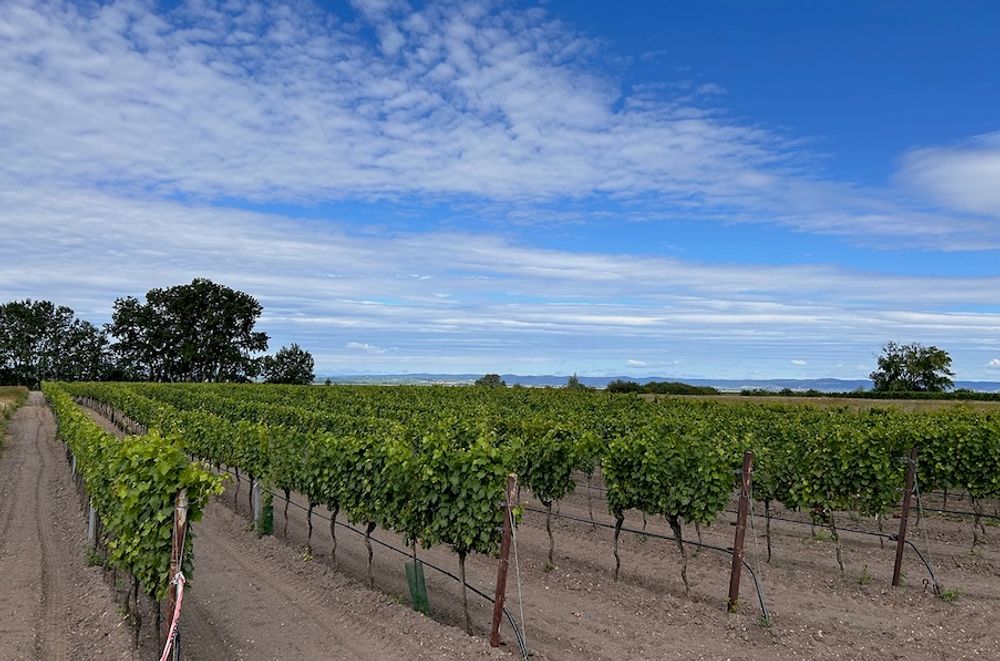
Zweigelt accounts for 23% of all grapes under vine in Neusiedlersee
“It’s very malleable when it comes to the winery too,” says Vianna Junior, “it can produce wines in many different styles. It has a large picking window of weeks; if you pick early it’s fresh with red fruits and no risk of pyrazines and vegetal notes like you may get in Cabernet Sauvignon, if you pick later you get dark fruits, richer notes and more structure.”
Of the many Zweigelts tasted a handful stood out. The fresh and fun Reehbellion from Hannes Reeh is a lightly sparkling Zweigelt with lovely red berry fruit, a light mousse and red grape juice notes on the finish. Another wine on the lighter side which impressed was Spielerei from Markus Iro, a juicy, approachable light-bodied red, the kind you serve slightly chilled.
More serious wines – and ones which were more medium-full bodied in style – included Seegut Lentsch’s 2021 Zweigelt, which was elegantly structured with raspberry fruit and leather notes, and Weingut Kummer’s Ried Zeiselberg Reserve Zweigelt 2019 which was creamy with red fruit, vanilla and eucalyptus. This final wine also demonstrated how well Zweigelt can age, and during the masterclass we tasted excellent examples from as far back as 2013.
The final note in the tasting came from Dirceu Vianna Junior, who summed this grape up nicely. “You can stick it in the fridge and have it slightly chilled like a Beaujolais, but it can also remind me of a Rioja, a Chianti, or a Côtes du Rhône. It can be a very versatile variety, and perfect for food matching.”
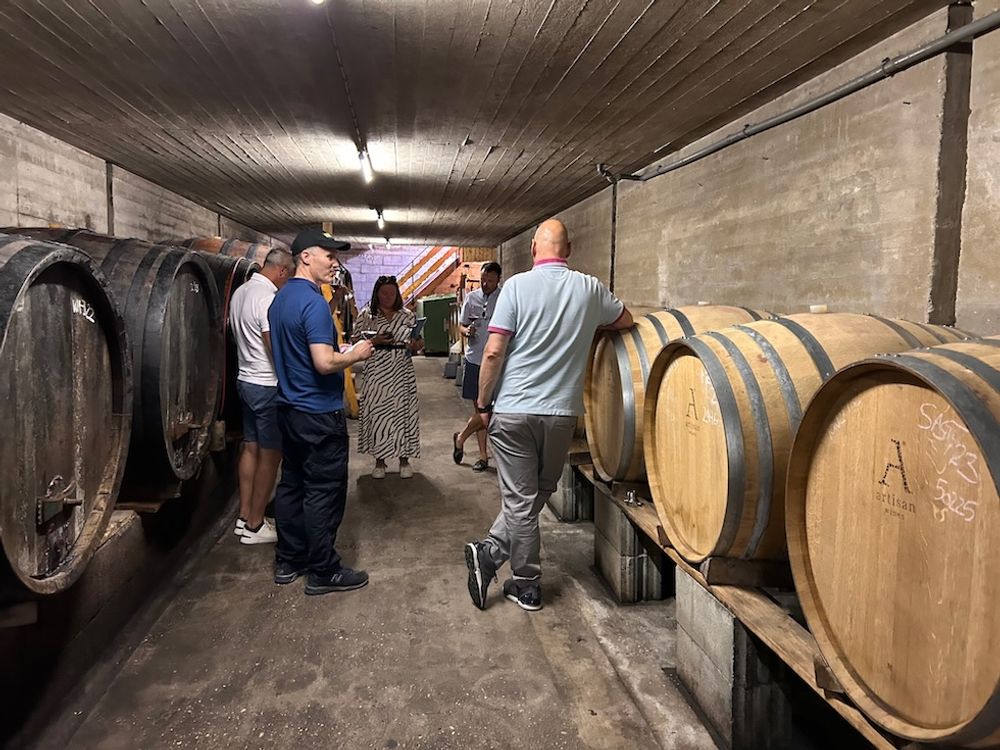
Inside the cellars of Artisan Wines
Sweet wines
A trip to Neusiedlersee isn’t complete without a mention of its sweet wines this is, after all, Austria’s most important area for the production of sweet wine, with 80% of Austrian sweet wine made here.
To explain why sweet wines work so well here we need to look back to Lake Neusiedl. The lake helps to create ideal conditions for botrytis, aka noble rot, in the vineyards each autumn. Morning fog created by the lake, followed by warm sunshine is great for noble rot.
“This is one of the best places in the world to make sweet wines without a doubt,” says Vianna Junior, “the botrytis is always ‘clean’.”
The dessert wines we tasted had – in general – a purity and lightness to them, but some stretched out beyond this into sticky toffee territory with lush, rich and tropical notes. A standout was the 2022 Golden Finesse from Weingut Salzl, a TBA made from the Scheurebe, Muscat and Welschriesling grapes which was bold and honeyed with dried apricot and peach notes and a lovely, long, ethereal acidity.
This would be the perfect finish to a meal and acts as fitting full-stop to the myriad wine styles from this fascinating region. There’s plenty more to explore here and potential right across the board, so next time you think of Austrian wine it’s worth scratching a little deeper and looking beyond the familiar and well-trodden regions and grapes.
Discover more about Austrian wine
If you want to discover more about Austrian wine, there are two exciting opportunities to do just that as Austria’s national wine body will be holding two trade-exclusive events in early November. Taste 12 selected wines as Anne Krebiehl, MW, guides you through the regions and varieties that make Austrian wine exceptional. Then sample 14 more and network over a light lunch.
The events are being held in Edinburgh on November 6 and in Manchester on November 8. For more details and to register click here.
Austrian Wine is a commercial partner of The Buyer. To discover more about them click here.
